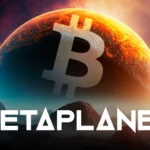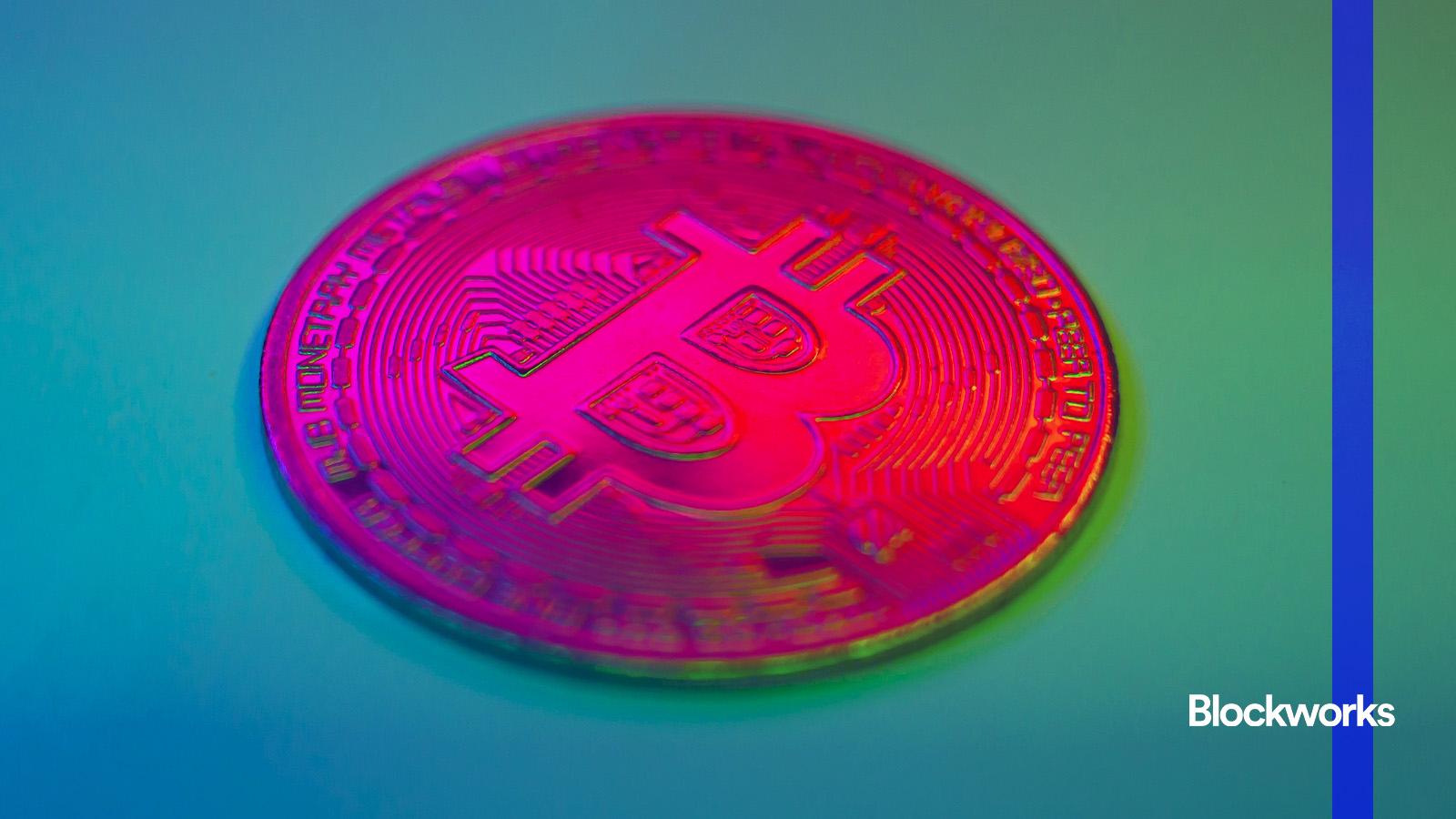Crypto was supposed to revolutionize payments by simplifying the process, lowering costs and cutting out the middlemen. Yet here we are, more than a decade into the experiment, and the infrastructure we’ve actually built is starting to look as fragmented and complicated as the traditional financial networks it was meant to replace.
We need to focus on creating seamless, interoperable blockchain systems in order to enable the global, frictionless transfer of value that crypto originally promised. Otherwise, we’re just going to keep repeating the same inefficiencies and barriers of the old financial system, and this entire experiment in decentralization will have been for nothing.
The promise of cryptocurrency was simple: eliminate borders, reduce fees and speed up transactions. But if you’ve ever tried to send money to another country using a bank, you’re likely familiar with the headache of dealing with complicated codes like SWIFT and IBAN, hefty fees and a lack of traceability. In 2023 alone, failed cross-border payments cost US merchants $3.8 billion in lost sales, with successful transactions often taking days and costing up to 6% in fees.
Read more from our opinion section: Blockchain has lost its decentralized spirit
With cross-border commerce expected to reach $290 trillion by 2030 and many jobs no longer being region-specific, it’s finally time for us to solve how we move money.
In theory, crypto should enable peer-to-peer cross-border payments as originally intended. In practice, however, we’re stuck with hundreds of disparate blockchains that operate like little nations – each with their own language, customers, culture, “citizenship,” governance, entry requirements and financial assets.
It’s difficult to transfer currency or data across crypto borders, and progress around ecosystem fluidity or interoperability is slow. Given crypto’s steep learning curve and global regulatory ambiguity, fiat often feels like the easier hedge, even for forward-thinking companies and individuals.
Read more: International payments are a pain — SAP touts a blockchain solution
There are over 1,000 blockchain networks and 10,000 cryptocurrencies worldwide, vs. roughly 180 fiat currencies. The sheer number of protocols has recreated a fragmented onchain ecosystem. At the protocol level, crypto can function as intended, but at the macro level, it’s just a bunch of gated ecosystems without interrelationship.
Managing different wallet addresses for each blockchain, navigating complex security steps and dealing with fees and minimum transfer amounts only add to the frustration. The user experience, often clunky and convoluted, contributes to the sense that crypto is an exclusive club reserved only for those willing to jump through the agreed upon hoops.
But just like in the traditional financial world, power and politics are at play here too. The early adopters and insiders who built these ecosystems often stand to gain the most. By keeping their protocols closed, they maintain control and benefit from the scarcity and exclusivity they’ve created. The more closed off these systems are, the harder it becomes for new users or even entire blockchains to participate.
This mirrors the very same vested interests that we see in the fiat world — where profit and control are concentrated in the hands of a few. As long as crypto ecosystems remain isolated, true decentralization remains out of reach. Yet, despite these barriers, there is hope. We are beginning to see a shift in priorities.
More capital is now flowing into technologies that are designed to bridge these blockchain borders — things like cross-chain infrastructure, chain abstraction and liquidity bridges. These innovations suggest the industry is starting to recognize the need for a more interconnected ecosystem, one where value and data can move freely between blockchains.
Read more: To defeat centralization, the crypto user experience has to be easier: Synthetix founder
The future of crypto payments isn’t tied to a single chain or protocol. It’s multi-chain. And the solution to crypto’s payment problem lies in creating a system that allows anyone, anywhere, on any network, to send and receive value quickly, cheaply and seamlessly; a unified onchain experience where the technical barriers between blockchains disappear and enable crypto to finally deliver on its promise of frictionless, global finance.
Achieving this will require embracing true interoperability, not just within individual blockchains, but across all of them. Just as nations in the traditional financial world have learned that cross-border trade is essential for economic growth, our “crypto-nations” must realize that cross-chain liquidity and cooperation are essential for their survival.To thrive, the industry must focus more on the fundamentals and less on the FOMO. Only when “onchain” is no longer tied to “on which chain?” will crypto have a shot at fulfilling its mission.
Start your day with top crypto insights from David Canellis and Katherine Ross. Subscribe to the Empire newsletter.
Explore the growing intersection between crypto, macroeconomics, policy and finance with Ben Strack, Casey Wagner and Felix Jauvin. Subscribe to the Forward Guidance newsletter.
Get alpha directly in your inbox with the 0xResearch newsletter — market highlights, charts, degen trade ideas, governance updates, and more.
The Lightspeed newsletter is all things Solana, in your inbox, every day. Subscribe to daily Solana news from Jack Kubinec and Jeff Albus.











